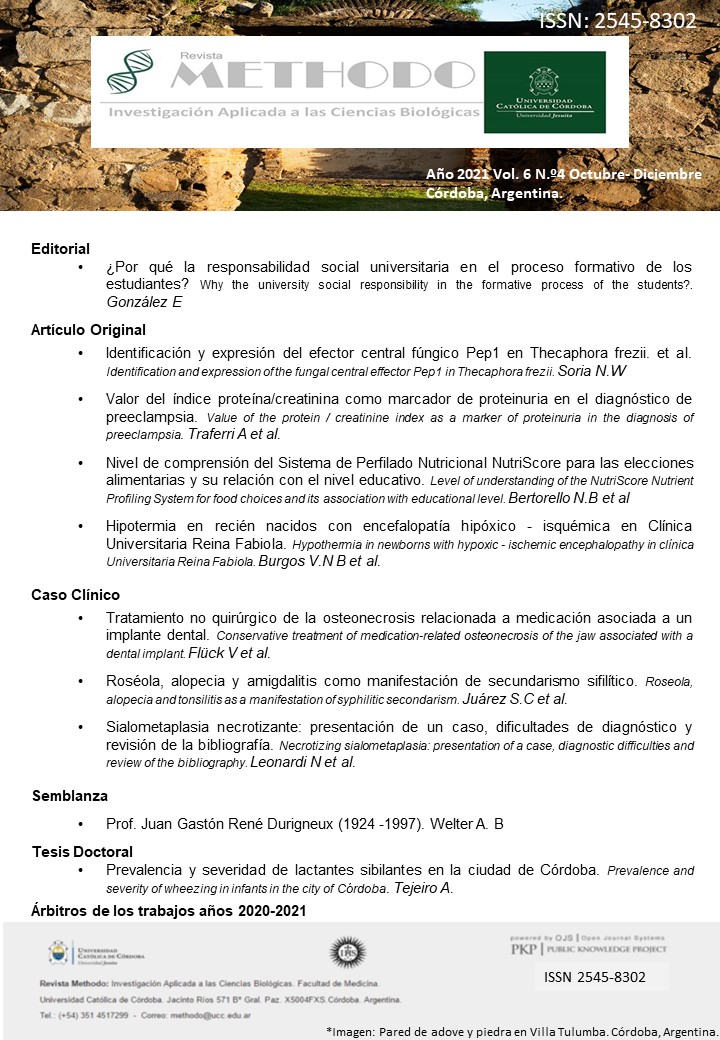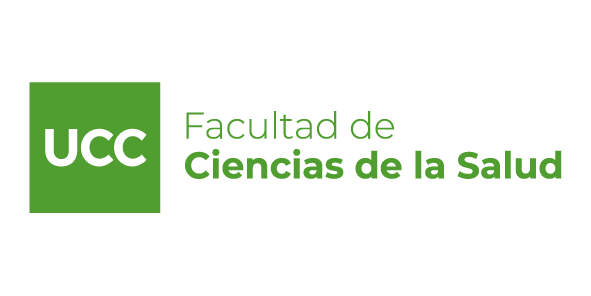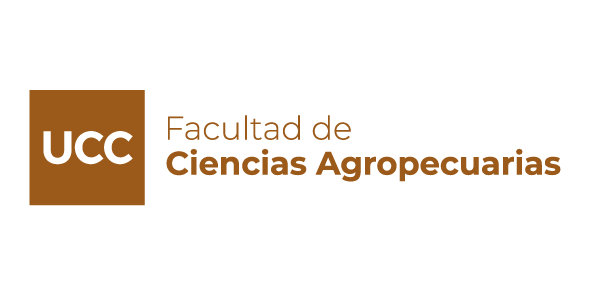Identificación y expresión del efector central fúngico Pep1 en Thecaphora frezii
DOI:
https://doi.org/10.22529/me.2021.6(4)02Palabras clave:
thecaphora frezii, Pep1, maní, infecciónResumen
Thecaphora frezii es un hongo fitopatógeno perteneciente a la clase Ustilaginomicetes, que produce la enfermedad del carbón de maní. En su ciclo biológico presenta tres estructuras, las teliosporas (es la estructura de resistencia) y las basidiosporas e hifas. El micelio (hifas) es la estructura infectiva, que penetra en el ginóforo de la planta e inicia la infección. Para dicha acción, sería necesaria la expresión de la proteína Pep1 ya que la misma fue identificada en otros Ustilaginomicetes como el Ustilago maydis y el Ustilago hordei, que infectan al maíz y a la cebada, respectivamente, y su expresión es fundamental para dicha acción. Pudimos amplificar el ADN copia de Pep1 de Thecaphora frezii cuya secuencia traducida codificaría para una proteína de 180 aminoácidos. Se observaron grandes homologías con ortólogas de otras especies y la presencia de cuatro cisteínas conservadas. Paralelamente, medimos los niveles de expresión de est transcripto, encontrándose muy elevado en las hifas, coincidiendo con el estadio infectivo del hongo. Futuros estudios funcionales de inactivación génica del gen pep1 deberán realizarse para comprobar fenotípicamente el efecto que este gen provoca en cultivos de maní.Descargas
Referencias
Krapovickas A, Gregory WC. Taxonomía del género Arachis (Leguminosae). Bonplandia [Internet]. 2007 Jan 1; 16:1. Available from: https://doi.org/10.30972/bon.160158
United States Department of Agriculture. Peanut Explorer [Internet]. web site. 2021 [cited 2021 Jul 8]. Available from: https://ipad.fas.usda.gov/cropexplorer/cropview/commodityView.aspx?cropid=2221000
Pitt JI, Dyer SK, McCammon S. Systemic invasion of developing peanut plants by Aspergillus flavus. Lett Appl Microbiol [Internet]. 1991 Jul;13(1):16-20. Available from: https://doi.org/10.1111/j.1472-765X.1991.tb00558.x
Fernandez EM, Rosolem CA, Maringoni AC, Oliveira DMT. Fungus incidence on peanut grains as affected by drying method and Ca nutrition. F Crop Res [Internet]. 1997 May;52(1-2):9-15. Available from: https://doi.org/10.1016/S0378-4290(96)03461-2
Marinelli A, March GJ, Oddino C. Aspectos biológicos y epidemiológicos del carbón del maní (Arachis hypogaea L.) causado por Thecaphora frezii Carranza & Lindquist. AgriScientia [Internet]. Available 2008;25(1):1-5. from: https://doi.org/10.31047/1668.298x.v25.n1.2735
Cazzola, N; Gateu, M.; March, G.; Marinelli, A.; García, J. J.; Rago, A. y Oddino C. Intensidad y pérdidas ocasionadas por carbón del maní según regiones de producción. XXVII Jorn Nac Maní. 2012;34-5.
Bölker M. Ustilago maydis - a valuable model system for the study of fungal dimorphism and virulence. Microbiology [Internet]. 2001 Jun 1;147(6):1395-401. Available from: https://doi.org/10.1099/00221287-147-6-1395
Stergiopoulos I, de Wit PJGM. Fungal Effector Proteins. Annu Rev Phytopathol [Internet]. 2009 Sep;47(1):233-63. Available from: https://doi.org/10.1146/annurev.phyto.112408.132637
Doehlemann G, van der Linde K, Aßmann D, Schwammbach D, Hof A, Mohanty A, et al. Pep1, a Secreted Effector Protein of Ustilago maydis, Is Required for Successful Invasion of Plant Cells. Howlett BJ, editor. PLoS Pathog [Internet]. 2009 Feb 6;5(2): e1000290. Available from: https://doi.org/10.1371/journal.ppat.1000290
Livak KJ, Schmittgen TD. Analysis of Relative Gene Expression Data Using RealTime Quantitative PCR and the 2−ΔΔCT Method. Methods Dec;25(4):402-8. [Internet]. Available 2001 from: https://doi.org/10.1006/meth.2001.1262
Sander C, Schneider R. Database of homology-derived protein structures and the structural meaning of sequence alignment. Proteins Struct Funct Genet [Internet]. 1991 Jan;9(1):56-68. Available from: https://doi.org/10.1002/prot.340090107
Selin C, de Kievit TR, Belmonte MF, Fernando WGD. Elucidating the Role of Effectors in Plant-Fungal Interactions: Progress and Challenges. Front Microbiol [Internet]. 2016 Apr 27; 7:600. Available from: https://doi.org/10.3389/fmicb.2016.00600
Boekhout T, Fonseca Á, Sampaio JP, Bandoni RJ, Fell JW, Kwon-Chung KJ. Discussion of Teleomorphic and Anamorphic Basidiomycetous Yeasts. In: The Yeasts [Internet]. Elsevier; 2011. p. 1339-72. Available from: https://doi.org/10.1016/B978-0-444-52149-1.00100-2
Hemetsberger C, Mueller AN, Matei A, Herrberger C, Hensel G, Kumlehn J, et al. The fungal core effector Pep1 is conserved across smuts of dicots and monocots. New Phytol [Internet]. 2015 May 27;206(3):1116-26. Available from: https://doi.org/10.1111/nph.13304
Sinha M, Shree A, Singh K, Kumar K, Singh SK, Kumar V, et al. Modulation of fungal virulence through CRZ1 regulated F-BARdependent actin remodeling and endocytosis in chickpea infecting phytopathogen Ascochyta rabiei. Stukenbrock EH, editor. PLOS Genet [Internet]. 2021 May 17;17(5): e1009137. Available from: https://doi.org/10.1371/journal.pgen.1009137












